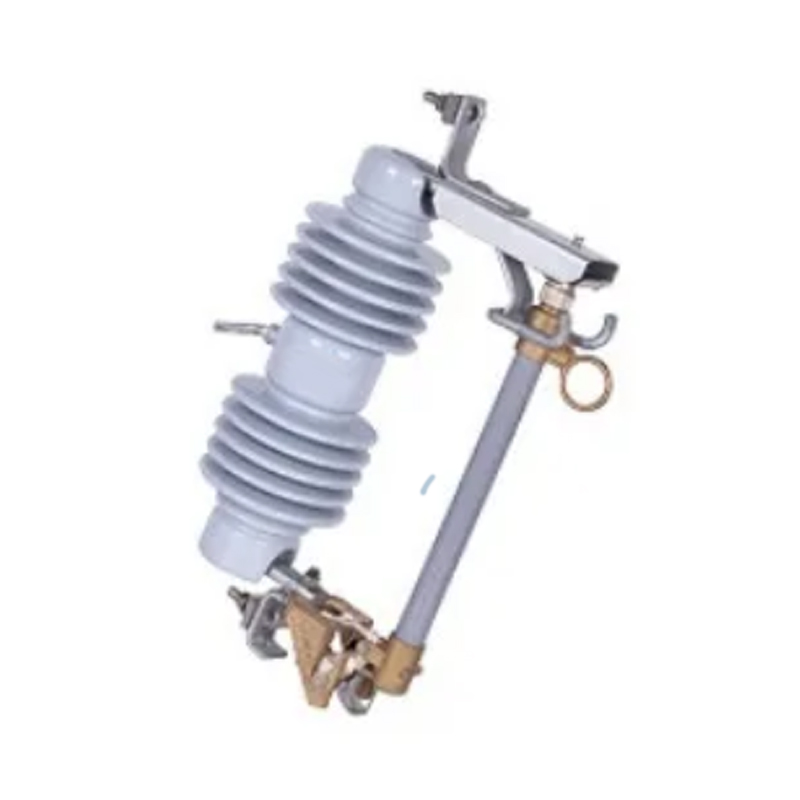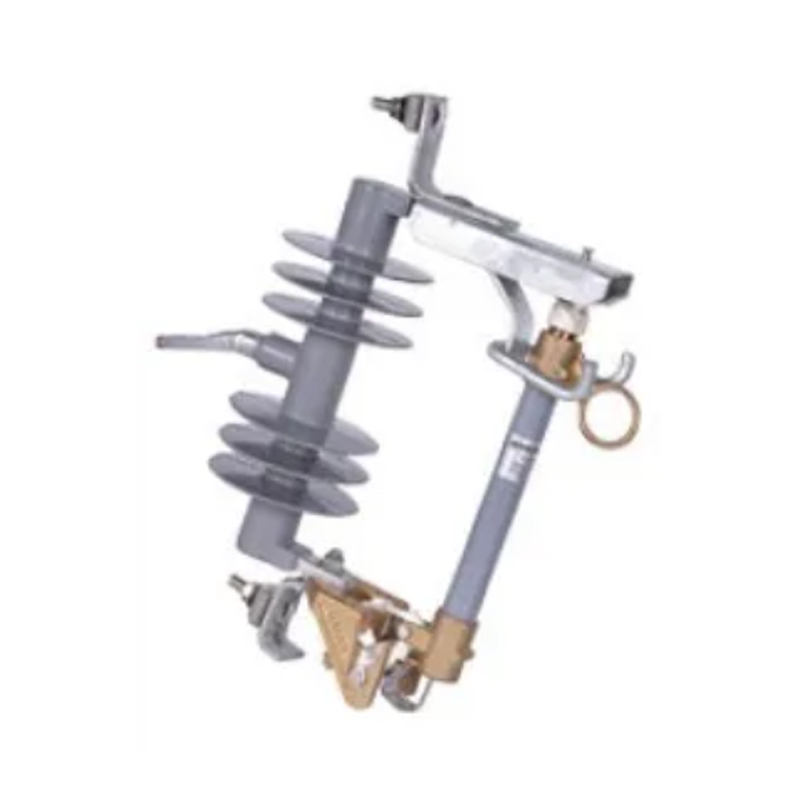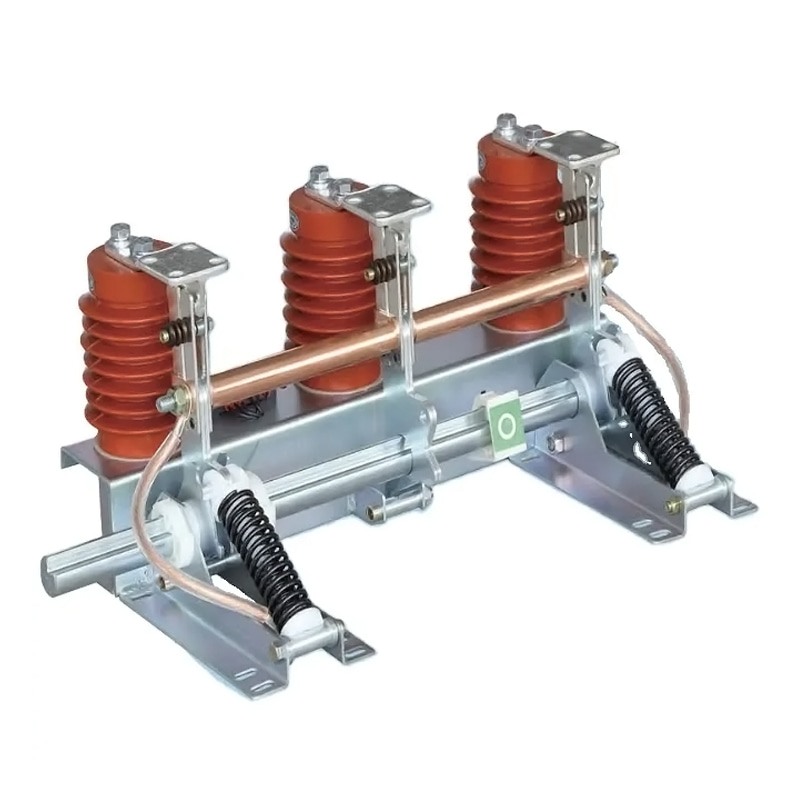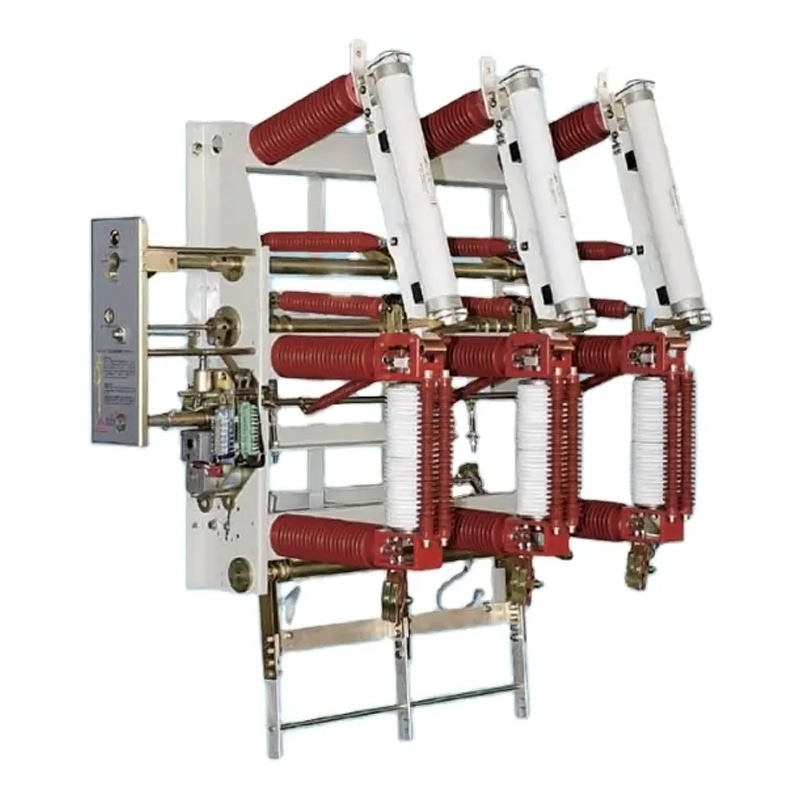Electrical power systems are constantly under threat from transient over-voltages, often caused by lightning strikes, switching operations, or faults in the network. Protecting these systems is crucial for ensuring reliable operation and longevity. Surge arresters are essential devices used to shield electrical equipment from such transient events.
Panel surge arresters are designed to protect electrical panels and the equipment housed within them from transient over-voltages. These arresters are typically installed within the panel or near critical components to provide localized protection.
Compact Design: Panel surge arresters are designed to fit within electrical panels, ensuring they do not take up excessive space or interfere with other components.
High Energy Absorption: These devices are capable of handling high-energy transients, effectively protecting sensitive equipment from damage.
Quick Response Time: Panel surge arresters respond rapidly to transient events, clamping the over-voltage to safe levels before it can reach and damage downstream equipment.
Easy Installation: Designed for straightforward integration, these arresters can be easily installed in new or existing panels with small modifications.
Localized Protection: By being installed directly within the panel, these arresters provide immediate protection to critical components, small the risk of damage.
Cost-Effective: Protecting equipment at the panel level can reduce the need for more extensive and costly protection solutions elsewhere in the system.
Enhanced Reliability: Ensuring the protection of critical components within the panel enhances the overall reliability of the electrical system.
Panel surge arresters are commonly used in:
Commercial Buildings: Protecting electrical panels in offices, data centers, and retail spaces.
Industrial Facilities: Safeguarding control panels and machinery in manufacturing and processing plants.
Residential Complexes: Ensuring the safety of electrical distribution panels in multi-unit dwellings.
Polymer arresters are surge arresters that use polymeric materials for their housing and insulation. These materials offer several advantages over traditional porcelain or glass.
Lightweight Construction: Polymer arresters are significantly lighter than their porcelain counterparts, making them easier to handle and install.
High Durability: The polymer housing is resistant to impacts, weathering, and pollution, ensuring long-term reliability even in harsh environments.
Enhanced Safety: Polymers are shatterproof, reducing the risk of injury from broken components compared to porcelain arresters.
Low Maintenance: The robust construction and resistance to environmental factors reduce the need for frequent maintenance.
Improved Longevity: The durability and resistance to environmental degradation extend the operational life of polymer arresters.
Ease of Installation: The lightweight design facilitates quicker and easier installation, reducing labor costs and downtime.
Safety: The non-shattering nature of polymers enhances safety for maintenance personnel and the surrounding environment.
Polymer arresters are suitable for a variety of applications, including:
Utility Networks: Protecting transformers, circuit breakers, and other critical infrastructure in electrical distribution and transmission networks.
Renewable Energy Systems: Safeguarding equipment in wind and solar power installations from transient over-voltages.
Railway Systems: Providing protection for electrical systems in rail networks, ensuring safe and reliable operation.
Polymer lightning arresters are a specific type of polymer arrester designed to protect electrical systems from lightning-induced surges. These arresters combine the benefits of polymer materials with specialized design features to handle the high-energy transients associated with lightning strikes.
High Discharge Capacity: These arresters are designed to handle the badly high currents and energy levels associated with lightning strikes.
Rapid Response: Polymer lightning arresters respond almore instantaneously to lightning-induced surges, protecting equipment before damage can occur.
Weather Resistance: The polymer housing is highly resistant to weather-related degradation, ensuring reliable performance in outdoor installations.



 English
English русский
русский عربى
عربى










